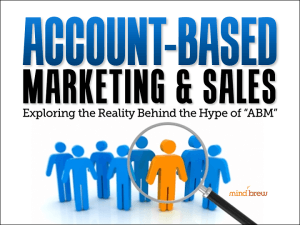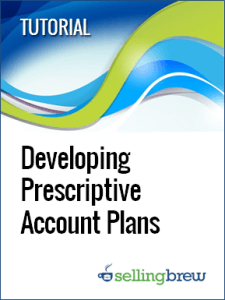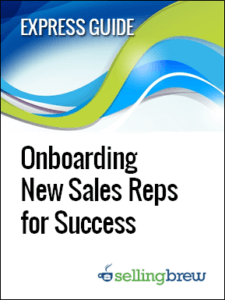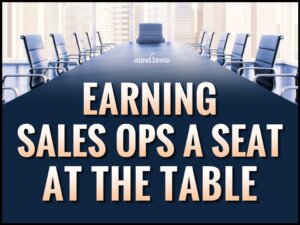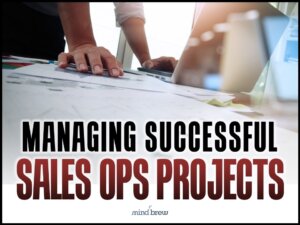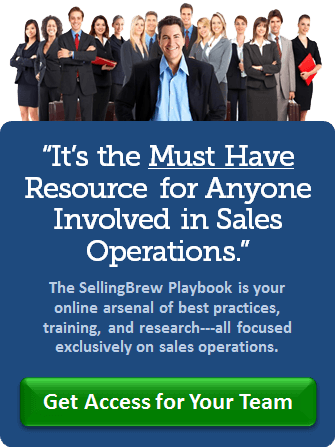Given the current situation, it’s not too surprising that account-based selling is getting a lot of attention these days. After all, the more challenging the sales and marketing environment, the more focused and deliberate everyone must strive to be with their limited time, attention, and resources.
That said, I must admit that it find it annoying when account-based selling is discussed as though it’s an entirely new and revolutionary concept. It is not. In fact, the basics of the practice have been around for many decades:
- Out of all the companies out there, you identify the specific companies you really want/need to sell to.
- You then focus your marketing and sales efforts on the various stakeholders and influencers at those accounts.
- Over time and using a variety of tactics, you engage, cultivate, land, and expand those target accounts.
Old timers…of say, just 10 years ago…will recognize these basic practices as something we used to refer to as “database marketing” or simply “working a knockdown list.” So while the “account-based sales” moniker may be somewhat shiny and new, the underlying practices are not…at all.
But beyond that minor annoyance, I do have a more serious concern…
You see, in all the hype and discussion around account-based sales, the primary focus seems to be on the mechanics of executing Steps 2 and 3 above. It seems that the only things vendors, pundits, and even practitioners want to talk about are the tools and techniques for working the list.
The list itself…which is the most important ingredient for effective account-based sales…is often being glossed over, treated as a given, or ignored altogether.
At some level, I can understand why this happens. After all, most people have an inherent bias toward “action” and Steps 2 and 3 are where the sales and marketing teams are actually “doing stuff.” Plus, we have to recognize that the vendors involved will also have an interest in promoting the mechanical aspects.
But while it’s understandable and somewhat natural to focus much more attention on the tactical aspects of account-based sales, it’s definitely not ideal.
The bottom line is that the list is the thing. It’s always been the thing. It was the thing decades ago, when we called it “working a knockdown list.” And it’s still the thing today, though we call it “account-based sales.” Simply put, Step 1 determines how effective Steps 2 and 3 will ultimately be.
So there’s no way around it…you have to do the homework to identify the most appropriate and advantageous accounts to target. It’s not easy, but it is pretty straightforward. And since it’s a prerequisite for everything else, it really isn’t optional.
Exploring Account-Based Marketing and Sales
Developing Prescriptive Account Plans
How to Identify & Target Your Best Prospects

